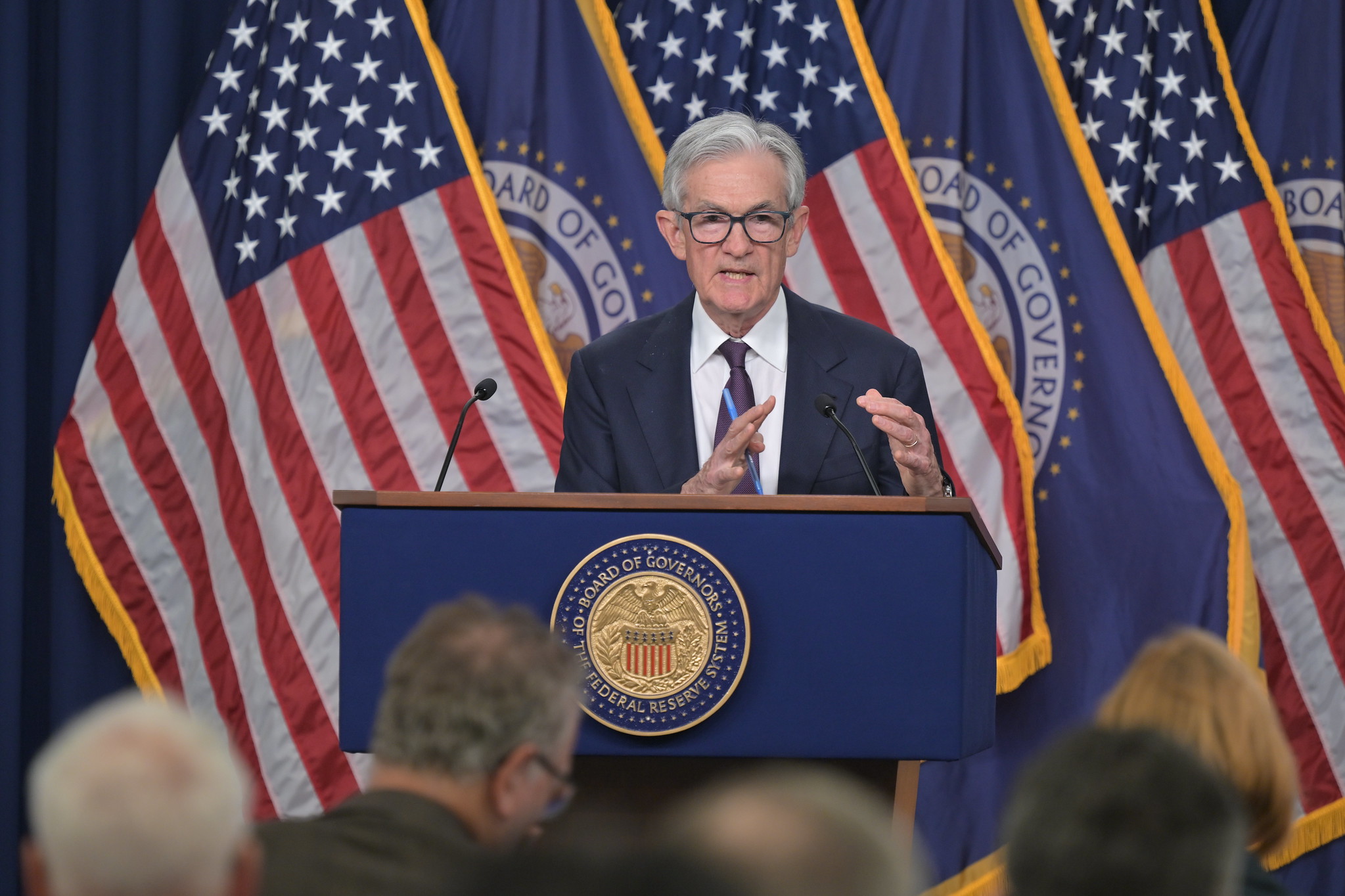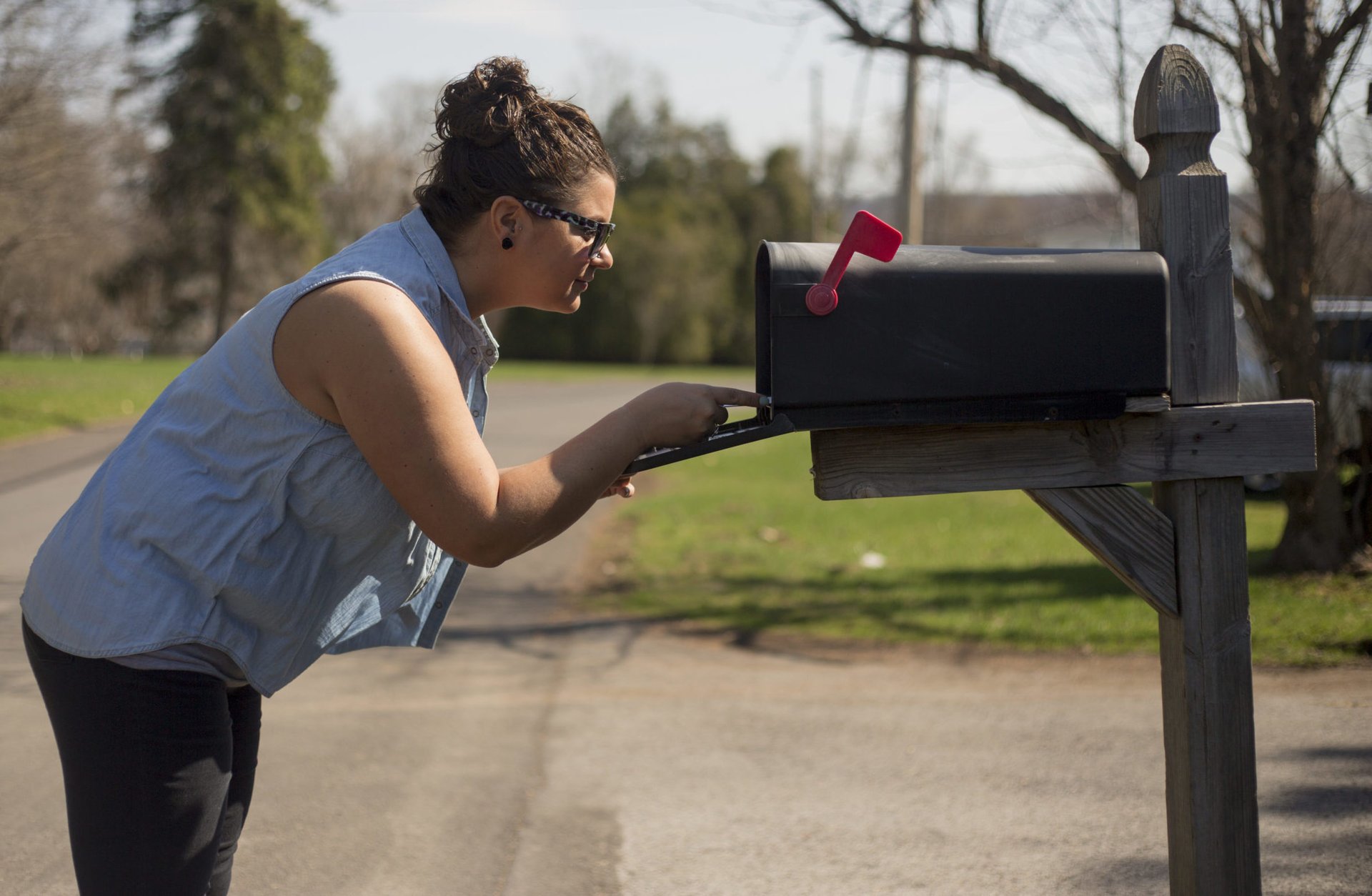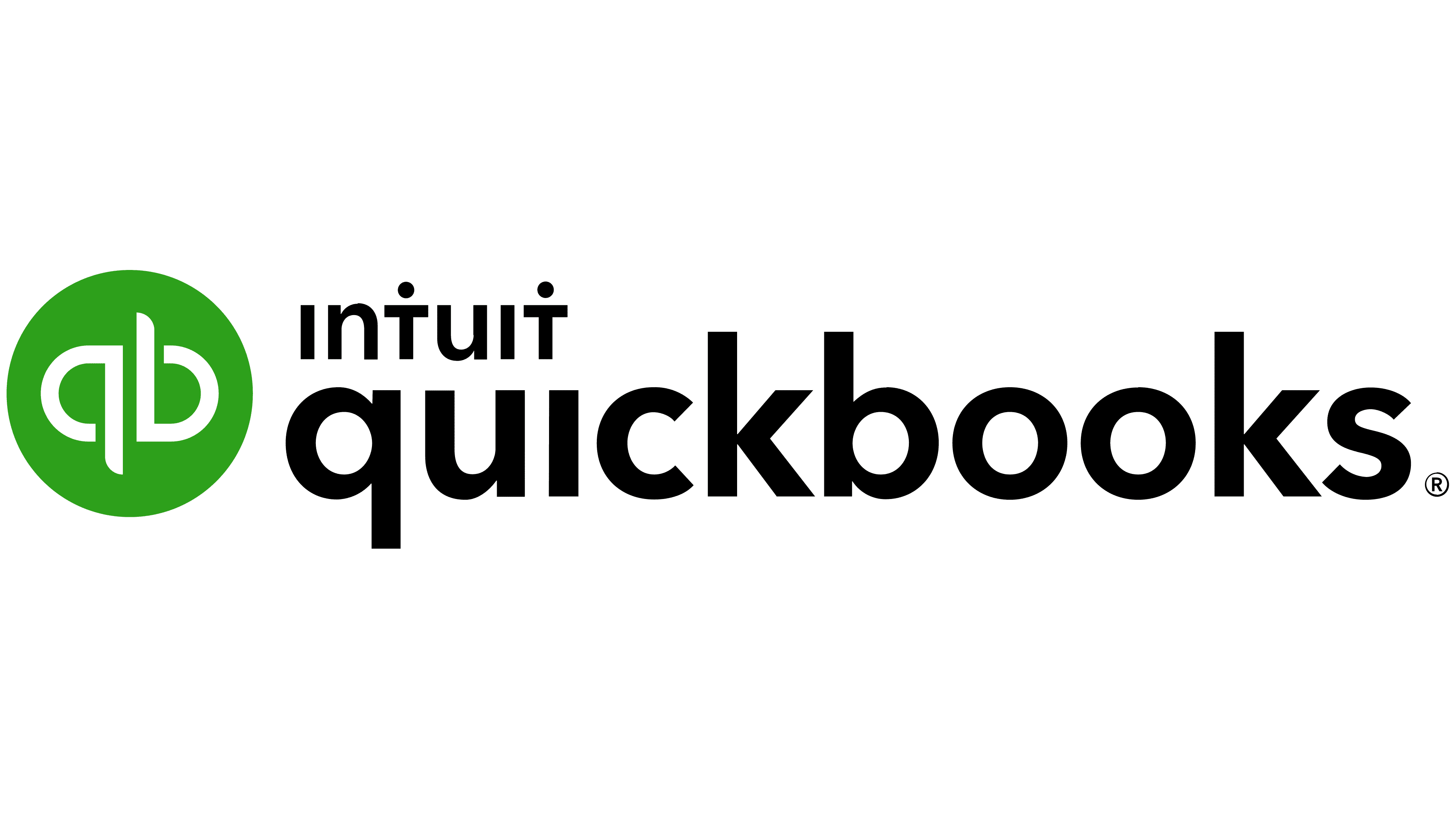Pacific Premier Bancorp Inc. (NASDAQ:PPBI) Q1 2023 Results Conference Call April 27, 2023 12:00 PM ET
Company Participants
Steven Gardner – Chairman, President and CEO
Ronald Nicolas – Senior EVP and CFO
Conference Call Participants
Matthew Clark – Piper Sandler
Chris McGratty – KBW
Gary Tenner – D.A. Davidson
Andrew Terrell – Stephens
Operator
Good day, everyone, and welcome to the Pacific Premier Bancorp Q1 2023 Conference Call. [Operator Instructions] Please also note today’s event is being recorded.
And at this time, I’d like to turn the floor over to Steve Gardner, Chairman and CEO. Sir, please go ahead.
Steven Gardner
Thank you, Jamie. Good morning, everyone, and I appreciate you joining us today. As you’re all aware, we released our earnings report for the first quarter of 2023 earlier this morning. We have also published an updated investor presentation with additional information and disclosures on our financial results. If you’ve not done so already, we encourage you to visit our Investor Relations website to download a copy of the presentation and related materials. I note that our earnings release and investor presentation include a safe harbor statement relative to the forward-looking comments. I encourage each of you to read carefully that statement.
In terms of today’s call, I will walk through some of the notable items related to our first quarter performance. Ron Nicolas, our CFO, will also review a few of the details on our financial results, and then we will open up the call to questions. We delivered another quarter of solid financial performance in a challenging operating environment while maintaining a conservative approach to our overall balance sheet strategy.
Our first quarter total revenue was $189.8 million, and we generated earnings per share of $0.66. We continue to produce solid returns with a return on average assets of 1.15% and a return on tangible common equity of 13.9%. Despite the uncertain macroeconomic environment and the impact from 475 basis points of Fed funds rate increases since March of 2022. Our first quarter return on tangible common equity remained relatively consistent when compared to the first quarter of last year.
Our tangible common equity ratio finished the quarter at 9.2%. Our first quarter CET1 and total risk-based capital ratios increased 55 and 80 basis points to 13.54% and 16.33%, respectively. Our quarter end capital levels ranked us in the upper quartile of the KBW Regional Banking Index with respect to our TCE ratio and our regulatory capital ratios.
Our strong capital levels provide us with significant optionality and flexibility in terms of balance sheet management. Our performance in this environment demonstrates the resiliency of our relationship-based commercial banking business model. Our bankers develop and maintain high-quality, long-tenured client relationships based on a relentless commitment to provide best-in-class service.
Pacific Premier is a diversified commercial bank with a conservative credit culture that focuses on Mainstream businesses by offering traditional products and services to small- and medium-sized companies, entrepreneurs, real estate investors and nonprofit organizations. The recent bank failures have highlighted the importance of sound enterprise risk management practices and providing stability through prudent and proactive capital and liquidity management.
Dating back to early 2022 and aligned with our long-standing commitment to disciplined risk management, we prioritized accelerating our capital accumulation, enhancing liquidity and intentionally moderating our growth rates by increasing loan pricing and selectively tightening underwriting standards.
Regarding our deposit base, uninsured and uncollateralized deposits represented 35% of total deposits at March 31. At the end of the first quarter, we had an aggregate of approximately $10 billion of liquidity available to us, representing an uninsured deposit coverage ratio of 1.7x. Our end of quarter liquidity consisted of over $1.4 billion of cash on hand and $8.6 billion of unused borrowing capacity. Notably, we paid down our FHLB borrowings by $200 million during the quarter, and we did not utilize the Federal Reserve discount window or the Federal Reserve’s new bank term funding program at any point during the quarter.
Our disciplined, prudent and proactive approach to managing capital and liquidity helped us navigate a turbulent quarter. During this rising rate environment and the industry-wide volatility experienced during the quarter, we selectively raised deposit pricing to mitigate deposit outflows. We continue to leverage our investments in technology and comprehensive cash management solutions to foster deeper and more integrated banking relationships.
During the first quarter, average commercial deposits declined in part due to some clients seeking higher returns on their excess balances as well as market turmoil. Although we saw some outflows in certain core deposit products during the quarter, the quality of our client relationships, coupled with disciplined pricing, resulted in a relatively modest increase in the average cost of core deposits to 54 basis points.
During the quarter, we also added some brokered time deposits of varying maturities to bolster liquidity as our loan-to-deposit ratio decreased to 82.4%. We remain focused on managing our funding costs and deposit flows and expect further pressure on each to continue in the second quarter as some clients deploy excess liquidity into higher-yielding alternatives.
Notably, we are seeing attractive opportunities to gain new clients given dislocations in our market. Our customers are widely dispersed across a diverse set of established industries from both the depository and lending relationship perspective. Many of the loan origination trends in the first quarter were similar to the fourth quarter with muted borrower demand, coupled with our intentional moderation of loan growth.
During the first quarter, we did see a reduction in our loan portfolio from the prior quarter due to both a lower level of demand in connection with higher interest rates, particularly in CRE and multifamily and our proactive actions to tighten underwriting standards and raise loan pricing. We remain focused on providing best-in-class service to our clients while also originating loans that meet our risk-adjusted return thresholds as evidenced by the average yield on new loan commitments increasing 109 basis points over the prior quarter to 7.43%.
We continue to be disciplined in our approach to managing credit risk. Our asset quality remains solid as nonperforming loans declined from the prior quarter, and our nonperforming assets totaled 0.14% of total loans. Our team does an outstanding job proactively managing our high-quality, diverse loan portfolio. We have regular discussions with our borrowers relative to their business, their financial performance and overall trends in the market, which helps inform our approach to managing overall credit risks.
With that, I’ll turn the call over to Ron to provide a few more details on our first quarter financial results.
Ronald Nicolas
Thanks, Steve, and good morning. For comparison purposes, the majority of my remarks are on a linked-quarter basis. Let’s start with the quarter’s financial highlights. First quarter net income totaled $62.6 million, $0.66 per share, and our return on average assets and average tangible common equity were 1.15% and 13.89%, respectively. Total revenue was $189.8 million and noninterest expense came in at $101.4 million. As a result, our efficiency ratio equaled 51.7% for the quarter and our pre-provision net revenue as a percentage of average assets was 1.63%.
All of our regulatory capital ratios increased as did tangible book value per share and our TCE ratio increased 32 basis points to 9.20%. Lastly, asset quality remains solid, and we further enhanced our contingent liquidity sources to $10 billion. Let’s take a closer look at the income statement.
Net interest income decreased to $168.6 million as a result of higher cost of funds as well as lower average loan balances and 2 fewer days of interest income in the quarter. On the funding side, both our deposit mix as well as our higher cost of funds impacted the net interest margin. Our core deposit costs rose 23 basis points to 0.54% and total deposit costs were 94 basis points, reflecting an increase in both retail CDs and broker deposit balances in the quarter.
As a result, the first quarter net interest margin narrowed 17 basis points to 3.44%. As we noted earlier, we have continued to increase our loan pricing, which contributed to an 18 basis point increase in earning asset yields, offset by the higher cost of funds. Regarding our second quarter expectations for net interest income, although we will likely see continued benefit from the March rate hike and higher rates on new loan originations, we anticipate continued net interest margin pressure from increasing deposit costs and potential changes in deposit mix.
We will continue to balance liquidity and net interest margin considerations while evaluating opportunities to pay down higher cost funding. Noninterest income of $21.2 million increased $689,000 from the prior quarter, driven by a $1.3 million increase in annual tax-related trust fees received during the first quarter. These increases were partially offset by lower other noninterest income as well as lower revenues in our escrow and exchange business, which continues to be impacted by lower transaction activity in the commercial real estate market.
For the second quarter of 2023, we expect our total noninterest income to be in the range of $19 million to $20 million, excluding any loan or securities sales. Noninterest expense increased $2.2 million to $101.4 million, primarily due to a $1.7 million increase in our deposit costs and a $962,000 increase in FDIC insurance premiums. Compensation and benefits expense was flat at $54.3 million, reflecting lower staffing, bonus and incentive accruals, partially offset by higher payroll taxes and lower loan origination cost deferrals.
We continue to manage expenses prudently, and our expectations for the second quarter are approximately $102 million to $103 million due to continued increases in deposit expense as well as the full quarter impact of annual merit increases.
Our provision for credit losses of $3 million increased slightly compared to the prior quarter’s provision expense of $2.8 million. While we have not seen any meaningful deterioration in asset quality, we are closely monitoring the macro systemic issues impacting our borrowers such as slowing economic activity, inflationary pressures as well as higher interest rates.
Turning now to the balance sheet. Total loans held for investment declined $504 million, driven by lower loan fundings of $117 million. Given higher interest rates, loan demand and refinance activity has slowed considerably. Lower originations in the last 2 quarters have been partially offset by lower prepayments, payoffs and maturities of approximately $500 million on average compared with $800 million to $900 million in earlier 2022 quarters.
Consistent with our balance sheet strategy, we expect these trends to continue at least through the first half of 2023, with scheduled amortization and maturities totaling $1.3 billion over the next 3 quarters Deposits ended the quarter at $17.2 billion, which represented a linked quarter decrease of $145 million, reflecting a mix shift towards retail CDs and broker time deposits. The linked quarter decrease was largely driven by a decline in core deposits as some customers redeployed their funds into higher-yielding alternatives.
To help manage our liquidity position and customer deposit flows, we added another $324 million in term broker deposits, laddered across 3 to 18-month terms and $171 million of retail CDs during the quarter. This helped to increase cash on hand to $1.4 billion as of March 31 and provided additional interest rate protection should rates continue to move higher.
The securities portfolio decreased $127 million to $3.9 billion compared to the fourth quarter as we sold approximately $300 million of investment securities. The average yield on our investment securities portfolio increased 18 basis points to 2.57%, with a spot yield of 2.45% to 2.50% as of quarter end. We anticipate approximately $300 million in cash flow from the amortization and maturities of our investment portfolio over the remainder of the year and reinvestment will be dependent upon deposit flows and liquidity considerations. The combination of solid earnings and a smaller balance sheet further strengthened our risk-based capital ratios this quarter with all increasing significantly from December 31, 2022. In addition, our tangible common equity increased to 9.20% and our tangible book value per share increased to $19.61.
Further, if you added in the fair value impact of our held-to-maturity securities portfolio, we would remain well capitalized across all regulatory capital ratios and our pro forma TCE ratio would be 8.39%. We continue to operate the institution from a position of capital strength to maximize strategic optionality and investor and regulatory expectations regarding capital maintenance.
Finally, from an asset quality standpoint, asset quality remained stable as both nonperforming loans of 0.18% and delinquent loans of 0.14%, each as a percentage of total loans improved from the prior quarter. Our allowance for credit loss was effectively flat in terms of dollars and our coverage ratio increased 5 basis points to 1.38%. Our total loss absorption, which includes a fair value discount on loans acquired through acquisition finished the quarter at 1.74%. We would not anticipate any decreases in our coverage ratio given the uncertain economic environment and could see a potential significant increase if an economic downturn materializes.
With that, I’ll turn the call back to Steve.
Steven Gardner
Great. Thanks, Ron, and I’ll wrap up with a few comments about our outlook. First, I’m grateful for the extraordinary effort our team look board during this past quarter for the benefit of all of our stakeholders, including our clients, communities, employees and our shareholders. As noted earlier, beginning in 2022, we shifted to a more cautionary posture by intentionally slowing our balance sheet growth while building capital and liquidity. Historically, our conservative approach has enabled us to effectively manage through a variety of cycles and consistently deliver strong financial results. At this point, it is difficult to forecast how the economic environment will develop and to project its impact on our clients’ businesses. We believe we are well prepared for a variety of outcomes depending upon how the economy evolves over the coming quarters.
Regarding expense management, we will continue to invest in the franchise. However, staffing levels are expected to be commensurate with the level of business activity, and we have taken steps to ensure our teams are appropriately aligned.
Our capital management priorities remain focused on deploying capital in a manner that will benefit all of our stakeholders while allowing us a high degree of flexibility and optionality. We remain opportunistic and open-minded to strategic transactions that will maximize long-term shareholder value.
In summary, we have built a quality franchise and our colleagues have once again delivered for our stakeholders. Given the strength of our balance sheet and strong capital levels, combined with our results-oriented culture, we expect to capitalize on opportunities to acquire new clients and expand existing relationships. That concludes our prepared remarks, and we would be happy to answer any questions.
Jamie, please open up the call for questions.
Question-and-Answer Session
Operator
Ladies and gentlemen, at this time, we’ll begin the question-and-answer session. [Operator Instructions] And our first question today comes from Matthew Clark from Piper Sandler.
Matthew Clark
Maybe just first one for me on deposit flows. Can you just give us a sense for what you saw in the month of January, February, March? I assume most of it occurred in March? And then any update on — in terms of flows, April quarter to date?
Steven Gardner
Yes. We saw, obviously, following the Silicon Valley and Signature Bank announcements that weekend. A high volume of call activity from clients that week, we saw some levels of increased outflows mainly to treasuries and to a lesser extent, maybe some of the G-SIFIs. But by the end of that — by the following week that had really died down pretty significantly. And so I consider our flows here this the beginning of the second quarter. as pretty consistent. We’ve seen a little bit of outflow mainly due to tax payments and the like as well as to a lesser extent, again, those clients that are sitting on excess liquidity, redeploying that into higher treasuries. But we’re managing it. Our team is doing a great job. And as I mentioned, we’re seeing some attractive opportunities out there to add clients as well.
Matthew Clark
And given your presence up in the Pacific Northwest and First Republic having some presence there as well as, obviously, California. I mean, is there an opportunity to promote your capital ratios and try to get some of those deposits? I know it’s a little bit of a different model, but it does seem like there’s a lot of deposits up for grabs, even though most of it might be going to the larger banks.
Steven Gardner
Yes. I don’t want to comment on any open banks. But certainly, I met you see in our investor slide deck, we highlight pretty significantly the strength of our capital where we rank compared to our peer group in the KRX. And so yes, we think that, that is an important differentiator for us. I know many of our clients who we’ve talked to and that our bankers have talked to find that very reassuring the strength of our capital position. And so we do see it benefiting us as we talk with various folks.
Matthew Clark
Okay. And then just shifting to the securities portfolio. I mean any appetite to just blow out of your AFS portfolio, and you have a ton of capital and we could earn it back, I think, in a relatively reasonable time period, at least shorter than what it takes for those securities to mature? Any willingness there?
Steven Gardner
It’s something that we’ve looked at more than once and discussed with the Board. And in fact, on Slide 10 in our deck, we highlight that if in fact, we were to sell the entire securities portfolio. Our capital ratios would remain significantly above the well-capitalized level. And in fact, even under that scenario, I believe we’d be above the peer median on all capital ratios. So you’re right. We do have a lot of flexibility and optionality. We’ll continue to think about it and make determinations with an eye towards what’s best for the institution in the long term.
Matthew Clark
Okay. And then just on loan balances. I mean, I don’t think most care to see loan growth right now anyway. And it’s good to see that you guys have raised pricing. But I mean, should we just assume that loans continue to shrink here just given tightening of standards and weaker demand?
Steven Gardner
I think that’s a reasonable assumption here as we move into the second quarter. We’ll see how the second half of the year plays out. We’re being pretty selective in the credit that we’re extending — and then, of course, as we commented, demand is pretty light. But again, this is something that we began implementing in 2022. So I don’t see it changing here this quarter.
Matthew Clark
Okay. And last one for me, just on M&A. Have conversations picked up at all?
Steven Gardner
No.
Operator
Our next question comes from Chris McGratty from KBW.
Chris McGratty
Steve, you were one of the first banks to pull back. And it’s obviously paying in space with your balance sheet. What’s it going to take? Or is it the passage of time? Is it something you have to see in the economy for you to kind of flip the script because it would feel like you’ve got a position that others don’t have.
Steven Gardner
Yes. I think that there’s a variety of factors that you take into consideration. It’s obviously — it’s a dynamic economy, a dynamic marketplace that we operate in. And we’ll see how it all plays out, Chris. I don’t think that there’s a single marker out there per se. We really want to see how things develop here. I think we’re in a very unusual period of time, and we talk about it quite a bit at the Board level that we’ve been 15 years of 0 interest rates followed by — or nearly 15 years, call it, of 0 interest rates since the financial crisis, followed by an injection of approximately $10 trillion into the economy over a very short period of time, which translated into very strong growth. And of course, high levels of inflation. And so now as the Fed is pretty rapidly raising rates, 475 basis points in a year’s period of time and engaged in quantitative tightening and now coupled with a likely pullback in just general credit. I think those dynamics just lead one to be pretty cautious. And that’s how we’re thinking about the environment, at least at this point. But we’ll continue to monitor it because we all know it will absolutely change here.
Chris McGratty
And a follow-up to Matt’s question about acquisitions. Is there a scenario where would you buy your stock right here? Obviously, there’s a lot of uncertainty most banks have paused. But just interested if there’s — is it prudent to buy stock here?
Steven Gardner
I think that we obviously have an approved stock buyback plan from the Board. We haven’t executed on it in nearly 2 years. That’s — we’ve benefited from it from the levels of capital that we have. And so we’ll continue to think about it, taking into consideration the outlook and the risks that we see in the environment and then within our own portfolio and how it performs as well. So we’ll take that all into consideration. And the Board is very thoughtful in how it thinks about capital management.
Chris McGratty
And if I could just — I want to make sure I got the numbers on the bond cash flows. You referenced $1.3 billion, but then you also referenced $300 million. Can you just square up what the — maybe I heard you wrong, the cash flows that are going to come off over the next few quarters?
Ronald Nicolas
Yes, sure. The $1.3 billion is off of the loan portfolio. Yes. And the $300 million, more or less $100 million a quarter off of the securities portfolio.
Steven Gardner
And the $1.3 billion is an estimate for the next 3 quarters.
Ronald Nicolas
That’s right. For the remainder of the year, next 3 quarters, yes.
Operator
And our next question comes from Gary Tenner from D.A. Davidson.
Gary Tenner
My questions were asked, but I was curious in the [indiscernible] portfolio, the movement of $400 million of CMOs to help health maturity in the quarter. Obviously, we saw a lot of shifts from AFS and healthy maturity last year. Just curious about the timing doing that now. Do you have a bias towards higher interest rates, I wanted to kind of protect yourself? Or what’s the thought process on doing that now?
Steven Gardner
Part of that was that occurred early in the quarter as we were thinking about things. And so certainly, before some of the turmoil that, of course, we saw in early March. Ron, do you have anything to add?
Ronald Nicolas
No. I think that’s spot on, Steve. And Gary, the — obviously, we have the intent to hold those to maturity — and we just felt at this point in time or at least at that point in time, that was the prudent thing to do and so we went ahead and made that decision.
Steven Gardner
And we still feel it’s the prudent.
Ronald Nicolas
Yes, we do.
Gary Tenner
And then just from a kind of as you think about on balance sheet cash, cash liquidity running as many are a little bit higher. What’s your sense of kind of how long you kind of manage to that higher on balance sheet liquidity level versus kind of normalizing to where you were, say, at the end of the year.
Steven Gardner
Sure. I think over time that, that comes down, at the same time, we’re earning pretty good returns on cash today. I actually look like — or we actually look like we know what we’re doing in that regard. So I’d expect, Gary, to over time, come down.
Gary Tenner
And I know this is kind of — this was asked, but on sort of addressed it, I think, with the commentary around the $1.3 billion of projected loan paydowns. But you’ve had 4 consecutive quarters of loan contraction now, obviously, following from when you kind of tighten things up on pricing and underwriting early last year. There doesn’t seem to be a real path, if you will, towards net loan growth from here to the end of the year. Just I know you’ve kind of addressed it. It seems like maybe later in the year, there’s some opportunity, but the way things lay out right now, it seems unlikely.
Steven Gardner
Yes, I said that that’s — I’d expect that trend to continue in the second quarter. We’ll see how the second half of the year plays out. A part of this is, too, we’re just seeing much less in the way of demand for new credit in the marketplace. I think that many investors are adjusting to the current rate environment and thinking about what is the discount rate that I’m going to put on the cash flows of whether it’s real estate or a business, what’s the terminal cap rate that I think is appropriate for the business or real estate. And so as I think we get better clarity, maybe as we get to the terminal rate, wherever that might be with Fed funds and how this tightening cycle plays out and the length the duration of it that as investors get better clarity and understanding, then we’d expect them to start to put more capital to work and that would certainly benefit us as well. But at the end of the day, as we’ve talked about, we’ve been pretty cautious on the outlook here and have got to ensure that the risk-adjusted returns meet our hurdles.
That was a long-winded way of not saying much, but thinking that we’ll see how it plays out in the second half of the year.
Operator
And our next question comes from Andrew Terrell from Stephens.
Andrew Terrell
Ron, maybe just quickly on the margin. I think I heard you in the prepared remarks kind of the expectations for some continued margin pressure. I guess you guys should benefit your non-interest mix has held up throughout the quarter, I think a lot better than some peers have. But just when you think about the cadence of the margin compression going forward, I guess, would you expect the cadence of quarterly compression to slow relative to the first quarter going forward?
Ronald Nicolas
Andrew, that’s a very good question and a difficult one to answer. Obviously, I think the industry, and certainly, we believe that the deposit costs and are still moving at maybe even a faster pace, of course, than the remaining rate hikes here. at least in the foreseeable future here. So the cadence would — I would expect it to be similar. But again, very, very difficult as Steve likes to say, you can’t model human behavior. And we’re going to be very mindful of liquidity. But of course, we’re going to also be very mindful of our — protecting our net interest margin. And as I stated, we’re going to be opportunistic in terms of trying to pay down higher funding costs when those opportunities arise.
Andrew Terrell
And I apologize if I missed it. Did you give the spot rate at the end of the period on total deposits.
Ronald Nicolas
It’s in our presentation. I believe in the slide deck. The core is 61, I believe, in the total deposit is $1.15 on a spot rate basis.
Andrew Terrell
And then maybe for Steve, I really appreciate all the commentary and color in the deck around the office exposure. I think I had mentioned you had a very minimal exposure to Class A high-rise or central business districts. I guess the question is, do you have any exposure to the Class A or central business areas? And if so, can you talk about the specific markets that might be in the underwriting of those maybe larger credits? And then how occupancy levels are trending there? Just any incremental color on some of the larger office properties in your portfolio?
Steven Gardner
I don’t know off the top of my head what the number is, but it’s pretty de minimis. We’ve just never been — we historically have not been ones to make really large loans, and that typically Class A buildings require that. We have relatively limited amount of participations. If we have them there typically from ones that we’ve — because of the bank that we’ve acquired where we’ve inherited it. So it’s pretty de minimis, if any, frankly. But we could get that. And the other thing is we just don’t do much stuff in those central business districts, call it the downtown. So whether it’s downtown L.A. or San Francisco, Seattle, it’s just not what we’ve historically done.
Operator
And ladies and gentlemen, with that, we’ll be ending today’s question-and-answer session. I’d like to turn the floor back over to Steve Gardner for any closing remarks.
Steven Gardner
Great. Well, thank you again all for joining us, and thank you, Jamie. Have a good day.
Operator
And ladies and gentlemen, with that, we’ll conclude today’s conference call and presentation. We thank you for joining. You may now disconnect your lines.







































